Nugget Info To Keep Pests and Diseases From Damaging Your Garden
The garden should be treated according to the current season of the area. Why? Because seasons result in different soil conditions, weather, and even behavior of particular pest and disease outbreaks. While gardening strategies may differ unpredictably, there are still ways to effectively get rid of our garden of pests and disease occurrences regardless of the weather conditions or the degree of temperature in the area.
It’s not a surprise how these pests and diseases can take advantage of the conditions as they are naturally opportunistic. What they like to do is exploit the weak plants and prey on them. Avoid these pests opportunities by adhering to these simple tips for ensuring a healthy and robust garden.
Remember to choose the right plant for the spot
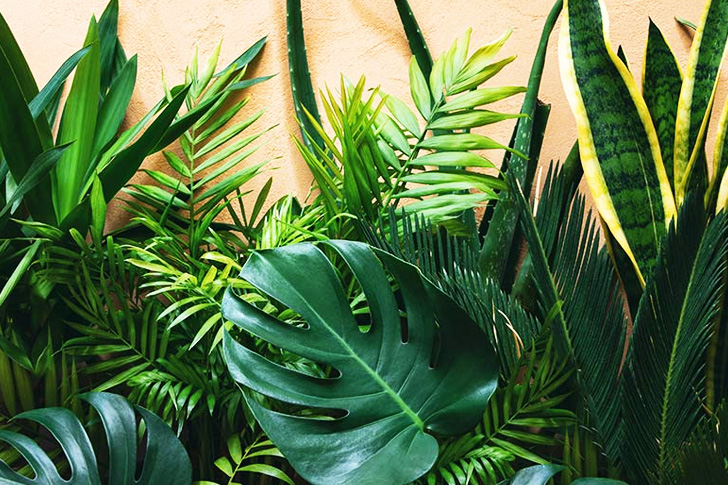
By picking the right plant for a specific spot, you are setting up your garden to have the best possible chance to succeed. See, your plants will be likely to grow healthy when it is put in the right place. By doing so, it will be able to protect itself by fending off insects that are set on damaging the plant. Needless to say, it is likely to avoid diseases as well. If you plan to set up an indoor garden, best to make the same investment as well.
Check your soil
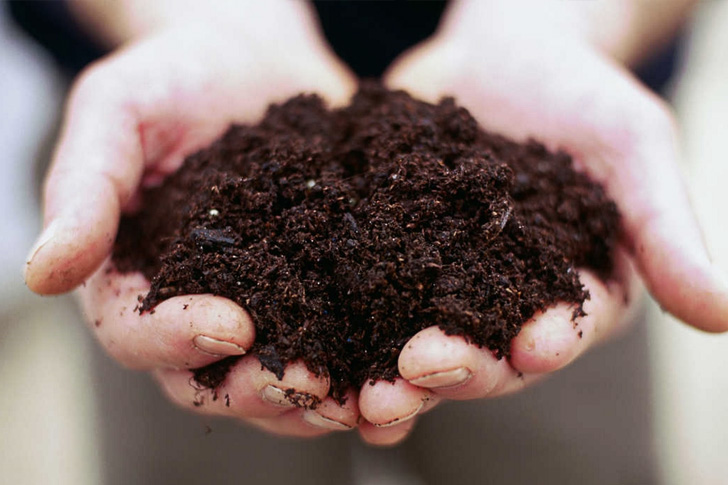
Remember this very important formula: healthy soil equals healthy plants. If you’re not aware that your plants are seated on nutrient-deficient soil, then you’ll likely get surprised to see your plants on the verge of withering or looking sickly even when everything seems okay. Unhealthy plants run the risk of succumbing to diseases or failing to fend off pests. The best way for your plant garden to thrive is to ensure they have nutrient-dense soil every year.
Water smart
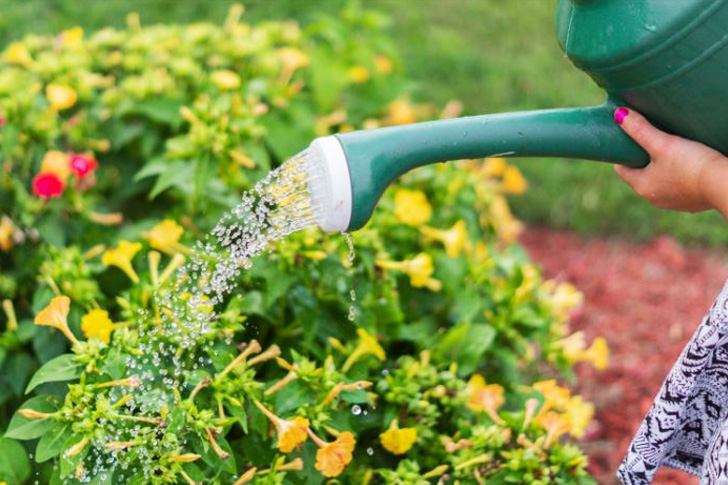
When it comes to watering your plants, doing it well will make a difference. Keep in mind the rule of thumb when it comes to watering: most plants need at least an inch of water each week. Don’t stick to this rule all year round as it also depends on the season. That is why make it a habit to check the soil condition at least 2 to 3 inches deep if it is dry before watering. It is still best to water deep to the bottom as it encourages plant roots to seek the water deep down so that the plant becomes better-established. Just be careful though when watering plants indoors as water might overflow and spill on your beautiful tile flooring.
Rotate your crops
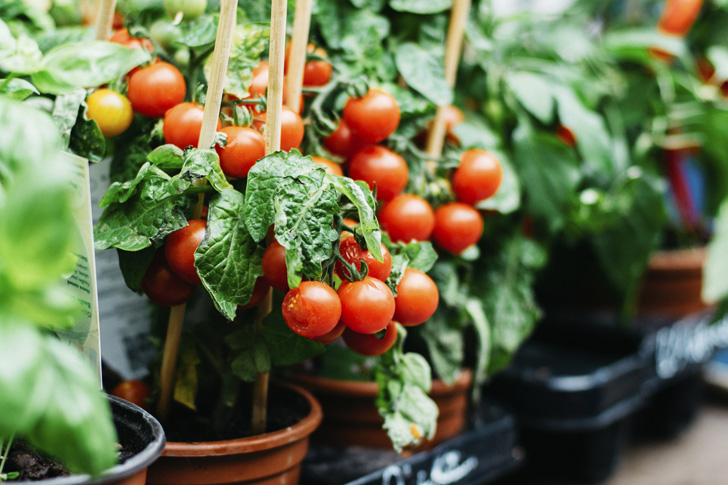
It is important to rotate your crop. Failing to do so will deplete your soil of certain nutrients more quickly. Take, for example, tomatoes that are heavy feeders of nitrogen. Planting them on the same spot every year will make the soil nitrogen-deficient and demand more vigorous amendment and fertilization. That is why consider planting legumes after so that your soil becomes rich in nitrogen again. Planting on the same spot for years also puts your plant at risk and prone to insect damage. To be safe, keep at least a two-year gap before replanting the same crop on the same spot.
Keep a tidy garden
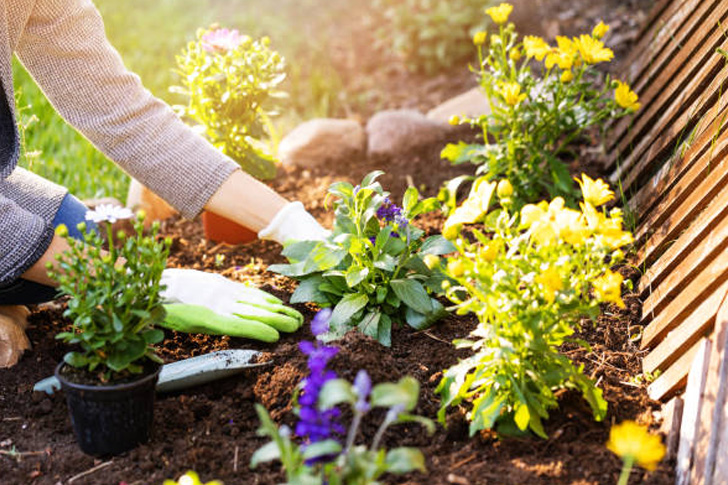
It is important to keep your garden tidy and weeded, especially after discovering a pest or disease that has infected your crop. Remove the damaged plant immediately to keep the good ones from the infested ones. Note that you should be careful not to include the diseased or infested plants into your compost as this could still damage your good plants.
Encourage Diversity
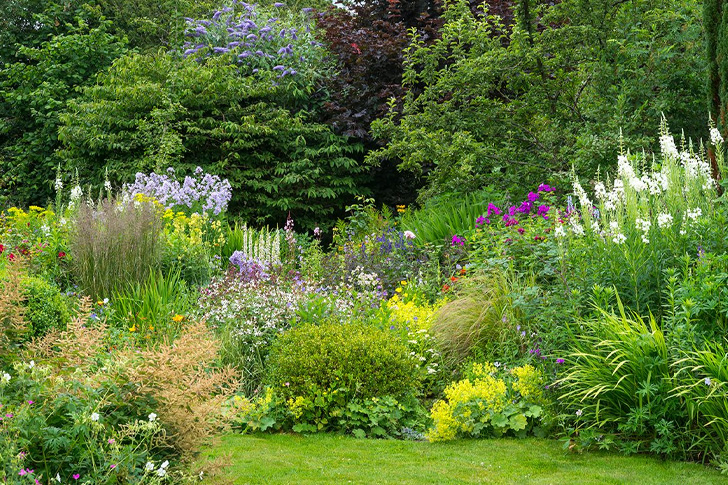
A diverse ecosystem credits to a stronger ecosystem. So don’t settle for planting just one crop in one place. Intermingle the bed with other crops and herbs to increase the chances of success. This is also a good strategy to keep a batch safer from infestations. For example, when a tomato plant becomes damaged because of infestation in the area, the other bed where there’s another tomato plant is saved. Unlike in a set up of all tomatoes planted in one place, when one gets infected, then the entire bunch is affected too. In this case, consider also planting marigolds, which is credited for its ability to repel insect pests and beneficially attracts ladybugs. The other plants that provide the same benefits are mint, tickseed, comfrey, yarrow, lobelia, and a host of others.
